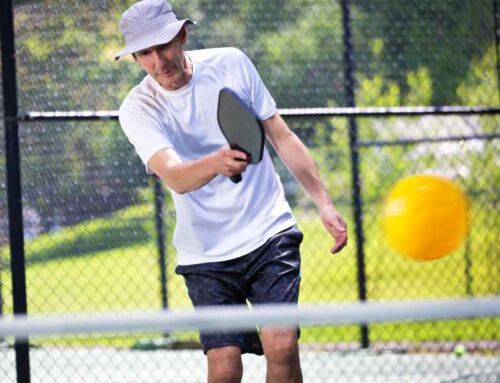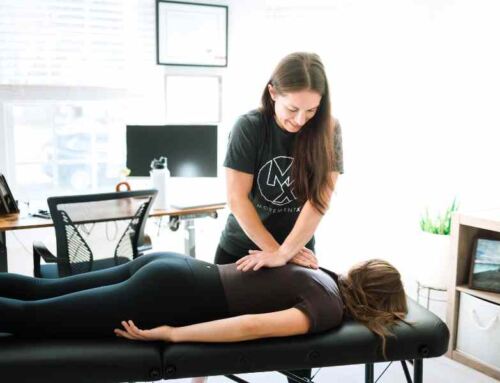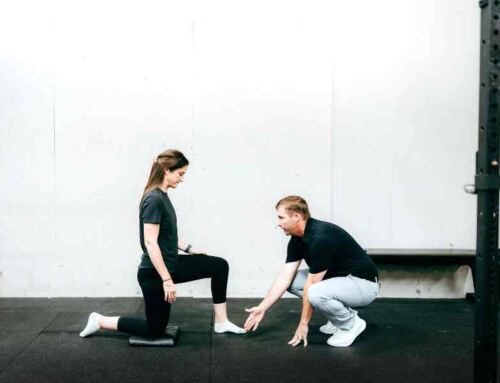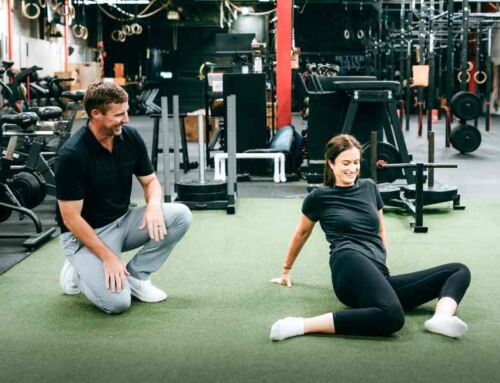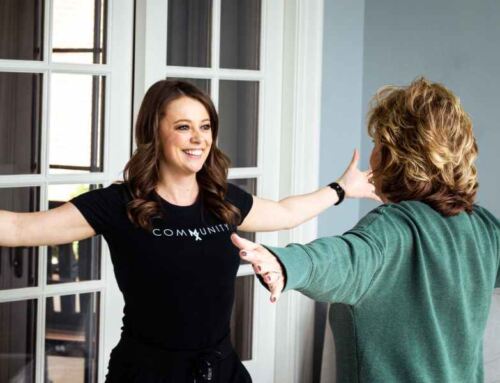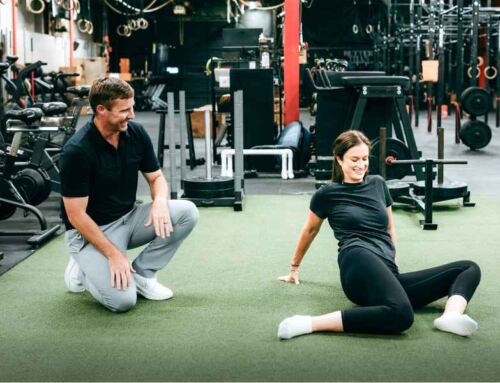How To Develop Rotary Power and Decrease Injury in Golfers
Rotary—or rotational—power is essential in many sports but one of the most distinct is golf. The most elite level golfers demonstrate upper body rotation at rates as high as 800 degrees per second and lower body rotation at rates as high as 600 degrees per second [1].
More importantly for golfers is that better rotational biomechanics correlates to decreased rates of injury, especially low back pain [2]. So if you want to increase your drive and stay on the course all season long, take a look at how I assess golfers and make them bulletproof.
In this part (Part 1) we will look at how to assess and increase your mobility in both your hips and your mid back. In Part 2 I’ll show you how to create more power in these areas in order to increase your drive and keep you injury free for your golfing season.
As a physical therapist, I have seen many golfers with back and shoulder pain. When I think about the demands of their sport I immediately pay attention to thoracic (mid back) and hip rotation. If these two areas are not mobile and powerful enough, other areas of their body will compensate and this often leads to pain or dysfunction.
Golfers that lack rotation in their hips or trunk often have low back pain, knee, ankle and even shoulder pain and demonstrate compensations to get around their limited hip rotation. Some compensations include a sway of their hips backwards, standing up during their swing instead of keeping their trunk down, or over-rotating with their upper body. All of these occur because the golfer does not have enough rotational mobility.
Check Your Hip Rotation
So, how do you compare to PGA golfers?
In order to assess how much hip rotation you have, sit in a higher chair or on the edge of a table. Lift your left foot to the left and then your right foot out to the right, one at a time. Try to look into a mirror as you do this so you can get an idea of your mobility. It’s a good idea to put something between your knees so that you do not adduct your hip. Also, try not to lift your leg off the table. Estimate the angle from your starting position versus to where your foot ends when you lift it. Elite golfers have approximately 40 degrees of hip internal rotation but I have seen even greater amounts.

If you are a right handed golfer, the right hip is loaded into internal rotation in the backswing and the left hip is loaded into internal rotation in the downswing up to 135% of its ability! [3] In fact, the lead leg of a golfer is asymmetrically loaded through the entire swing highlighting the importance of single leg work in order to optimize the power of each hip independent of the other. [3]
The Importance of the Mid Back
The next area of importance is the mid back, or thoracic spine.
In order to estimate how much thoracic rotation you have, return to a sitting position with a PVC pipe or golf club across your chest and held by your arms. Again, squeeze something between your legs to minimize hip movement as this will give you a false sense of more thoracic rotation. Turn your body in each direction and estimate the angle created by the club’s new position and your starting position [4].
When I give this test, I will also have individuals keep their head and eyes forward while they turn their body because this is happens with golf – you are supposed to keep your head and eyes focused on the ball during the swing.

PGA golfers demonstrate much more thoracic rotation than a typical golfers’ 40-45 degrees with some measurements around 90 degrees [5]. This rotation allows them to create greater separation between their upper body and lower body which increases the power they generate during the swing.
Movements to Increase Your Hip Mobility
So you’ve seen how you measure up, now what?
Here are my top recommendations to increase your hip mobility.
1. Hip Swivels in 90-90
2. Hip Airplanes
Movements to Increase Your Thoracic Mobility
Here are some ideas on how to increase your thoracic mobility.
1. Open book stretch with top hip and knee flexed
2. Half kneeling stretch at wall
Try them out and let me know what you think. There are ways to scale each to make them easier and harder but these are midpoints for all of the exercises.
I have to emphasize that even though a hip airplane has a small strength component, the remainder of these exercises focus on increasing mobility. Stay tuned for Part 2 to see how you can develop greater thoracic and hip rotational power – because power is what will increase your drive off the tee and keep injuries away.
References
- Satterlee, C. (2024). Golf Sport Science: Speed and Power Training for Golf Performance. SimpliFaster. Retrieved December 30, 2024, from https://simplifaster.com/articles/golf-sport-science-speed-power/
- Meister DW, Ladd AL, Butler EE, Zhao B, Rogers AP, Ray CJ, Rose J. Rotational biomechanics of the elite golf swing: Benchmarks for amateurs. J Appl Biomech. 2011 Aug;27(3):242-51. doi: 10.1123/jab.27.3.242. PMID: 21844610; PMCID: PMC6246863.
- Holt, T., Oliver, G. D., Booker, J. M., & Dahl, K. D. (2010). A Comparison of Weight-Bearing Hip Rotation Range of Motion Measures Among Collegiate Female Golfers. International Journal of Sports Physical Therapy, 5(3), 135-145.
- Johnson KD, Kim KM, Yu BK, Saliba SA, Grindstaff TL. Reliability of thoracic spine rotation range-of-motion measurements in healthy adults. J Athl Train. 2012;47(1):52-60.
- Core Chiropractic. (n.d.). Can Reduced Thoracic Mobility Cause Problems Playing Golf? Retrieved January 5, 2025, from https://www.corechiropractic.net/reduced-thoracic-mobility-cause-problems-playing-golf/
About the Author
Dr. Kristen Lattimore is a doctor of physical therapy in Raleigh, North Carolina. She enjoys combining dry needling for the treatment of pain with corrective exercises to optimize patient movement. Whether you’re looking for orthopedic or neurological treatment, post-operative care, or coming back from a sports injury, look no further than Dr. Kristen Lattimore.



